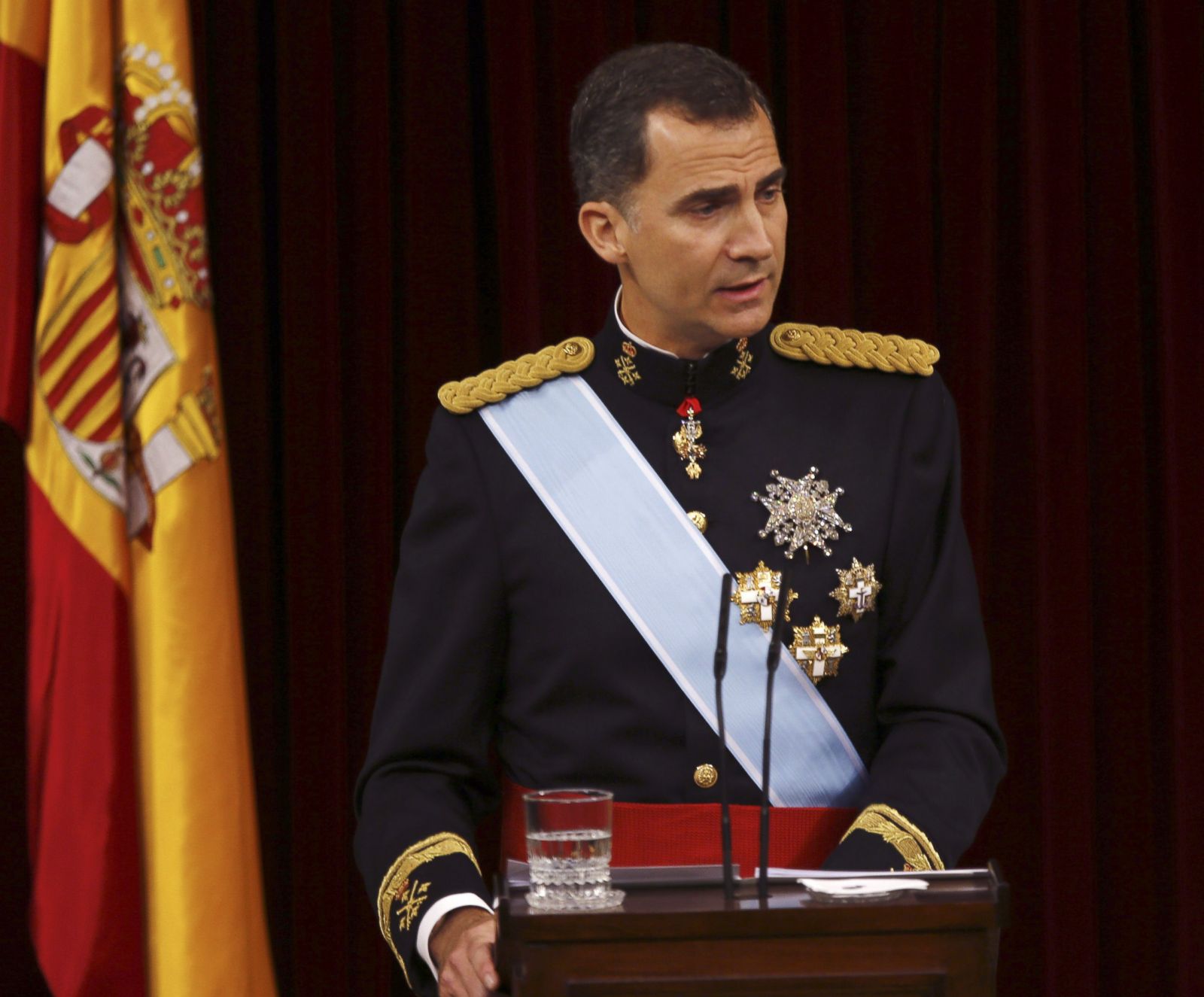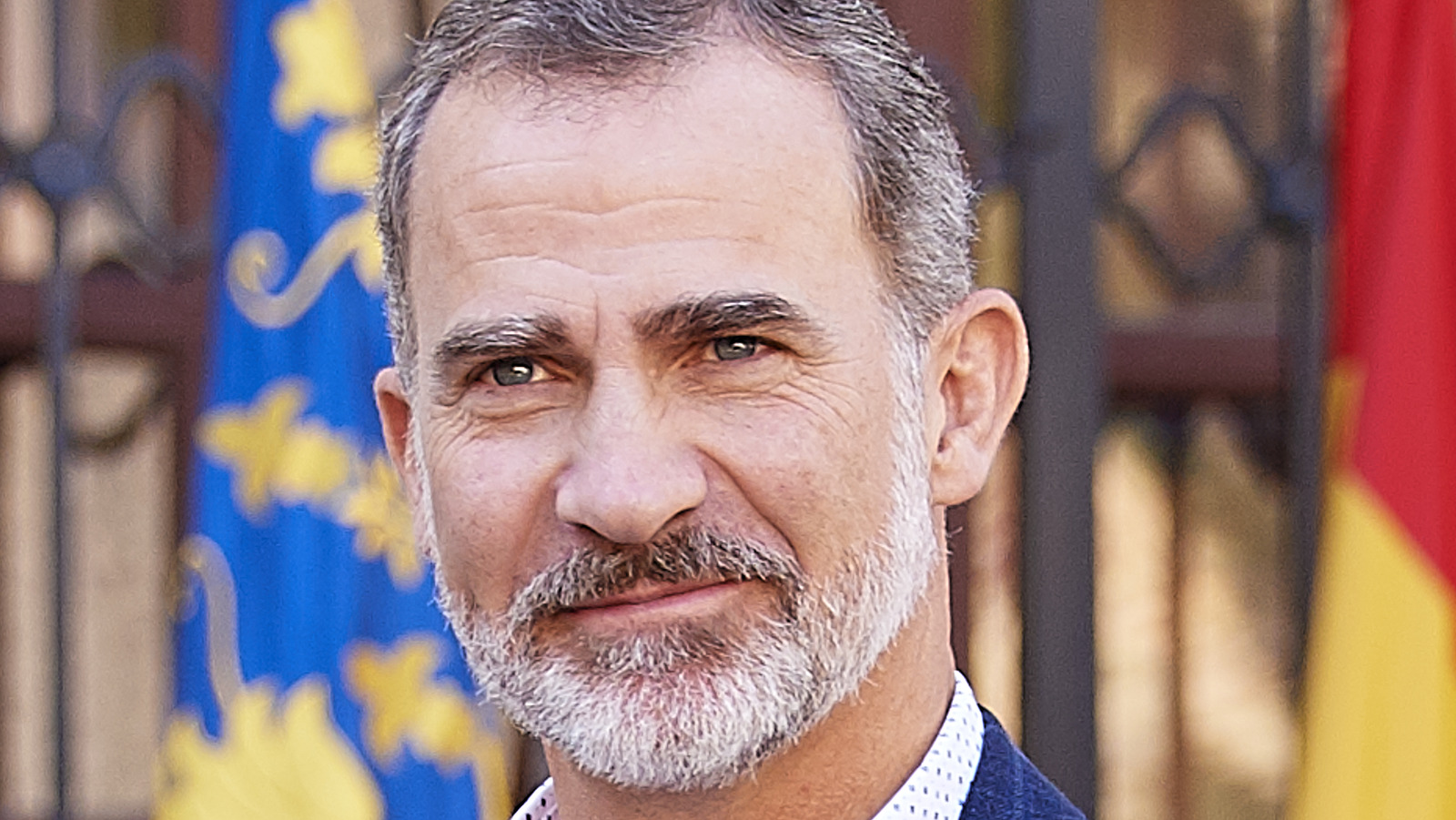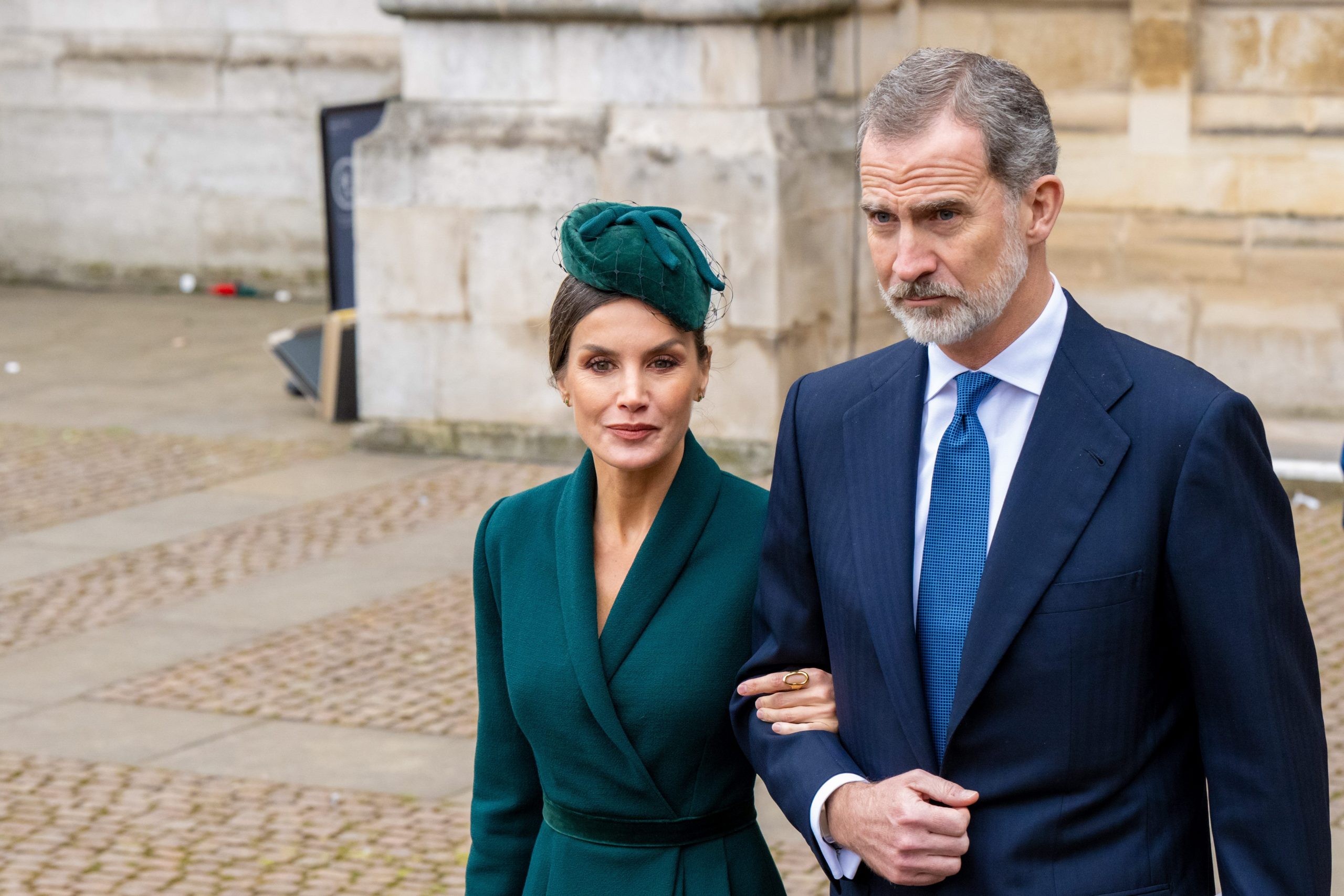Felipe VI, the Current King of Spain

Felipe VI became the King of Spain in 2014, succeeding his father, Juan Carlos I. Born in Madrid in 1968, Felipe is the eldest son of Juan Carlos and Queen Sofía. He received his education in Spain and the United States, and served in the Spanish military before becoming king.
The King of Spain, Felipe VI, has been a popular figure in recent years, often making headlines for his progressive views and support for social causes. In 2011, he married Letizia Ortiz Rocasolano, a former journalist, and the couple has two daughters.
Like Kate Middleton , the Duchess of Cambridge, Queen Letizia is known for her fashion sense and her work with charities. The King of Spain has also been praised for his efforts to promote dialogue and understanding between different cultures and religions.
Role and Responsibilities as Monarch
As King of Spain, Felipe VI is the head of state and commander-in-chief of the armed forces. He also plays a ceremonial role, representing Spain at official functions and events. The king has the power to dissolve parliament, call for elections, and grant pardons. However, his powers are largely symbolic, and he does not have a direct role in the day-to-day governance of the country.
Relationship with the Spanish People and the Royal Family, King of spain
Felipe VI is generally popular with the Spanish people. He is seen as a modern and progressive monarch who is committed to the country’s democratic values. The king has also been praised for his work in promoting Spain’s international image.
Felipe VI is married to Letizia Ortiz, a former journalist. The couple has two daughters, Leonor and Sofía. Leonor is the heir to the throne and will become queen when her father abdicates or dies.
King Felipe VI of Spain is an avid tennis fan, and he was thrilled to witness the historic victory of Carlos Alcaraz at the 2023 US Open. Alcaraz’s victory made him the youngest Grand Slam champion since Rafael Nadal in 2005, and it marked a new era in Spanish tennis.
King Felipe is a strong supporter of Alcaraz, and he has high hopes for the young star’s future. Alcaraz’s Grand Slam victories have brought great pride to Spain, and King Felipe is confident that he will continue to achieve great things in the years to come.
History of the Spanish Monarchy

The Spanish monarchy is one of the oldest and most enduring institutions in Europe. Its origins can be traced back to the Visigothic kingdom that ruled the Iberian Peninsula from the 5th to the 8th centuries AD. The Visigothic monarchy was based on the Germanic tradition of elective kingship, and the king was chosen by a council of nobles.
In 711, the Visigothic kingdom was conquered by the Umayyad Caliphate, and the Iberian Peninsula became part of the Muslim world. The Umayyads established a new capital at Cordoba, and they ruled Spain for over two centuries. During this time, the Christian kingdoms of northern Spain began to reconquer the peninsula from the Muslims.
In 1031, the Kingdom of Aragon was founded, and in 1137, the Kingdom of Portugal was founded. These two kingdoms played a major role in the Reconquista, and they eventually became the dominant powers in Spain.
In 1469, the marriage of Isabella of Castile and Ferdinand of Aragon united the two kingdoms, and they became the first joint monarchs of Spain. The Reconquista was completed in 1492, when the last Muslim kingdom in Spain, the Emirate of Granada, was conquered.
The reign of Isabella and Ferdinand marked the beginning of the Golden Age of Spain. During this time, Spain became a major world power, and it explored and colonized much of the Americas. The Spanish monarchy also played a major role in the development of the Renaissance and the Baroque period.
In the 18th century, the Spanish monarchy declined, and Spain lost much of its power and influence. The monarchy was restored in 1814, but it was overthrown again in 1868. The monarchy was restored once more in 1874, and it has continued to exist ever since.
The current King of Spain is Felipe VI, who ascended to the throne in 2014. The Spanish monarchy is a constitutional monarchy, and the king has limited powers. The monarchy is a symbol of national unity, and it plays an important role in Spanish society.
Timeline of Significant Events and Monarchs
* 711: Umayyad Caliphate conquers the Visigothic kingdom.
* 1031: Kingdom of Aragon founded.
* 1137: Kingdom of Portugal founded.
* 1469: Isabella of Castile and Ferdinand of Aragon marry, uniting the two kingdoms.
* 1492: Reconquista completed with the conquest of the Emirate of Granada.
* 1516: Charles I of Spain becomes Holy Roman Emperor.
* 1588: Spanish Armada defeated by the English.
* 1700: War of the Spanish Succession begins.
* 1714: Philip V of Spain becomes king, beginning the Bourbon dynasty.
* 1808: Napoleon invades Spain, beginning the Peninsular War.
* 1814: Monarchy restored after the Peninsular War.
* 1868: Monarchy overthrown in the Glorious Revolution.
* 1874: Monarchy restored.
* 1931: Monarchy overthrown in the Second Spanish Republic.
* 1947: Monarchy restored after the Spanish Civil War.
* 1975: Juan Carlos I becomes king.
* 2014: Felipe VI becomes king.
Role of the Monarchy in Shaping Spanish History and Culture
The Spanish monarchy has played a major role in shaping Spanish history and culture. The monarchy has been a symbol of national unity, and it has helped to preserve Spanish culture and traditions. The monarchy has also played a role in the development of Spanish art, literature, and music.
The Spanish monarchy has been a source of stability and continuity in Spanish history. The monarchy has survived through many challenges, including wars, revolutions, and economic crises. The monarchy has also played a role in the development of Spanish democracy.
The Spanish monarchy is a complex and multifaceted institution. It has played a major role in shaping Spanish history and culture, and it continues to be an important part of Spanish society.
The Spanish Royal Family: King Of Spain

The Spanish royal family is one of the oldest and most prestigious in Europe. The monarchy has existed in Spain for over 1,300 years, and the current king, Felipe VI, is a direct descendant of the first king of Spain, Pelayo.
The Spanish royal family is a symbol of national unity and pride. The king and queen are the heads of state, and they represent Spain at home and abroad. The royal family also plays an important role in promoting Spanish culture and traditions.
Family Tree
The Spanish royal family is a large and extended one. The king and queen have three children: Infanta Leonor, Princess of Asturias, Infanta Sofía, and Infanta Elena, Duchess of Lugo. Infanta Leonor is the heir to the throne, and she will become queen when her father abdicates or dies.
The royal family also includes the king’s mother, Queen Sofía, and his sister, Infanta Cristina. Infanta Cristina is married to Iñaki Urdangarin, and they have four children: Juan, Pablo, Miguel, and Irene.
Key Members
Queen Letizia
Queen Letizia is the wife of King Felipe VI. She was born in Oviedo, Spain, in 1972. She is a former journalist and news anchor. She married King Felipe in 2004, and they have two daughters, Infanta Leonor and Infanta Sofía.
Queen Letizia is a popular figure in Spain. She is known for her intelligence, her sense of style, and her commitment to social causes.
Infanta Sofía
Infanta Sofía is the youngest daughter of King Felipe VI and Queen Letizia. She was born in Madrid, Spain, in 2007. She is second in line to the throne, after her older sister, Infanta Leonor.
Infanta Sofía is a bright and active child. She enjoys playing sports, especially soccer and tennis. She also enjoys music and dance.
Public Life
The Spanish royal family is very involved in public life. The king and queen make regular appearances at official events, and they often travel abroad to represent Spain.
The royal family also supports a number of charities and organizations. The king and queen are patrons of the Spanish Red Cross, and they also support organizations that work to promote education, health, and social welfare.